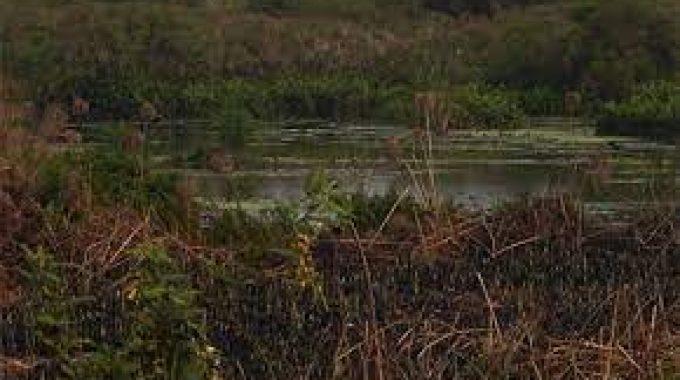A new report has shown that Kampala’s wetlands are vanishing at an alarming rate with over 2,000 hectares of wetland, 56.6% vanishing since 1994.
Experts now warn that unless drastic action is taken, the city is heading straight into a disaster of floods, disease, and ecological ruin.
This was brought to light during the Wetland Situational Analysis and Draft Kampala City Wetland Strategy meeting held Wednesday at Imperial Royale Hotel. The event, spearheaded by Kampala Capital City Authority (KCCA) and the government pulled no punches as scientists and city planners sounded the alarm.
They stated that Illegal settlements, unchecked industrial growth, and poor enforcement are swallowing Kampala’s remaining wetlands. If nothing changes, urban floods, water contamination, and economic chaos are on the horizon.
The research, led by Dr. Ivan Bamweyana of Subamu Investments Ltd, uncovered an increase in illegal housing that has partly contributed to this mess. He mentioned that in 2004, just over 20,958 houses were squatting in wetlands. By 2024, the number had skyrocketed to 56,679, with Lubigi Wetland leading the invasion, hosting over 21,000 illegal structures.
“If this trend continues, the consequences will be dire. From water contamination and floods to massive loss of livelihoods, it’s a ticking time bomb” Dr. Bamweyana warned.
The research from advanced GIS (Geographic Information System) data, examined eight major wetlands including; Nakivubo, Kansanga, Kinawataka, Kalidubi, Lubigi, Walufumbe, Kyetinda, and Namalusu.
KCCA’s Flavia Zabali, a GIS Analyst, revealed how digital mapping is exposing the truth. She explained that they provide data to help guide approval processes for infrastructure projects, especially in ecologically sensitive areas like wetlands.
“We’re using spatial data to track every illegal structure. It’s time to act before the damage is irreversible. Our goal is to ensure that development is sustainable and aligned with environmental priorities,” she said
Katongole Ivan , KCCA’s Deputy Director for Land Use, Planning and Development said they will continue to fight against the construction of illegal buildings.
“We do not and will not tolerate the illegal construction of buildings in wetlands. These activities are responsible for the destruction we are seeing, and they put the city at risk of major floods and environmental collapse” he said
These wetlands have long played a silent but key role. During heavy rains, they absorb excess water like a sponge, holding back floods that would otherwise sweep through communities in areas like Bwaise, Katwe, and Kinawataka. Without them, the city’s drainage collapses and what follows is what residents already dread like the waist-high floods, washed out homes, and impassable roads.
They are Kampala’s natural purifiers, cleansing runoff from the city’s roads, homes, and factories. Dirty storm water and waste that passes through them emerges cleaner, filtered by papyrus reeds and layers of wetland soil before reaching Lake Victoria.
Wetlands slowly release water into the ground, replenishing boreholes and springs.
















